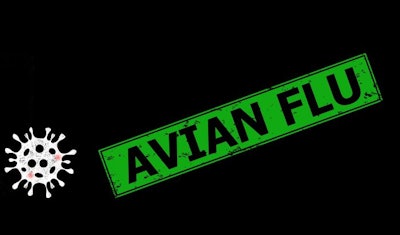
At the end of last week, the federal agriculture minister said that the current highly pathogenic avian influenza (HPAI) outbreak in Australia has so far been confined to the state of Victoria, and that the authorities there have the situation under control.
Minister Murray Watt said that agencies in the state were overseeing the culling and destruction of poultry on site to ensure the infection did not spread further. He stressed that only a handful of farms had so far been affected, and that there was no imminent risk to the nation’s egg supply.
In recent days, experts have denied that there is any truth to outlandish claims about the outbreak being made on social media, reported SBS.
As of June 17, Agriculture Victoria confirms there have been seven HPAI outbreaks in the state’s poultry.
Confirmed since June 12, the two latest outbreaks both involve the H7N3 virus serotype, and occurred on farms in the municipality of Golden Plains Shire. The first affected a commercial premises with ducks — the first to involve birds other than hens/pullets — and the most recent was another egg farm.
These bring to seven the total number of HPAI outbreaks in Australia since mid-May. All have been located in Victoria. The H7N3 virus variant has been detected at six of these premises, all in Golden Plains.
To date, the H7N9 serotype has been identified at just one farm, located further west in the state.
Avian flu developments in Asian poultry
In the Philippines, the number of regions reporting HPAI outbreaks within the last 90 days remains at six, according to the Department of Agriculture's Bureau of Animal Industry. Just one outbreak is described as “on-going.” It involves a commercial quail flock in the Central Luzon region.
According to the latest official notification to the World Organisation for Animal Health (WOAH), authorities in Japan report that movement restrictions have been lifted in connection with the most recent outbreak in poultry. During the second week of March, presence of the H5N1 HPAI virus serotype was detected in a flock of more than 57,000 laying hens in central Honshu. It was the 11th HPAI outbreak in Japan since November of last year.
According to separate WOAH notifications, 21 wild birds in Japan tested positive for the same virus variant during the month of April, and two more for the H5N5 virus group.
3 more human cases of influenza linked to birds
In the Western Pacific region, the World Health Organization (WHO) was informed of three further human infections with the avian influenza A viruses during the second week of June. All three cases were in mainland China.
Of the two latest cases to test positive for the influenza A(H9N2) virus, the most recent was in Guangxi Zhuang Autonomous Region with symptoms starting on May 2. This brought the region’s total cases to 101, including two deaths, since 2015. Of these cases, 98 have been reported in China.
The following week, the influenza A(H5N6) virus was detected in a patient in Quanzhou in Fujian province. Of the 92 cases in the region linked to this virus variant since 2014, 37 have died, according to WHO.
View our continuing coverage of the global avian influenza situation in poultry and on disease developments in the U.S.


















